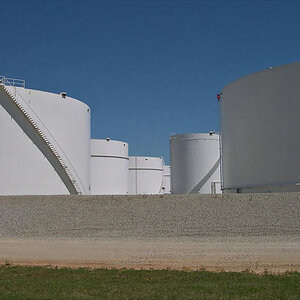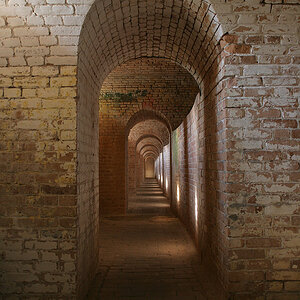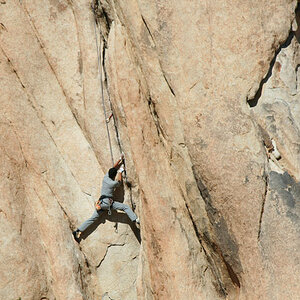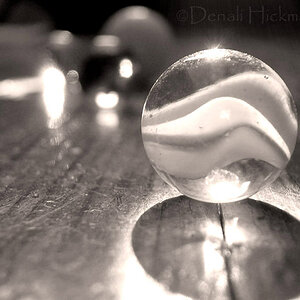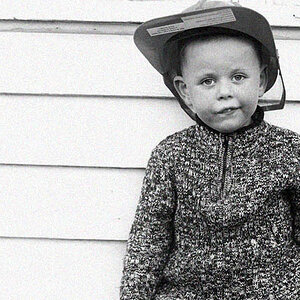Jeremy Z
No longer a newbie, moving up!
- Joined
- Jan 4, 2007
- Messages
- 1,179
- Reaction score
- 32
- Location
- Chicago burbs
- Can others edit my Photos
- Photos OK to edit
I'm debating which flash to get for my Pentax K100D.
I'm mainly considering between these two:
Sigma EF-500
http://www.bhphotovideo.com/bnh/con...107&is=REG&addedTroughType=categoryNavigation
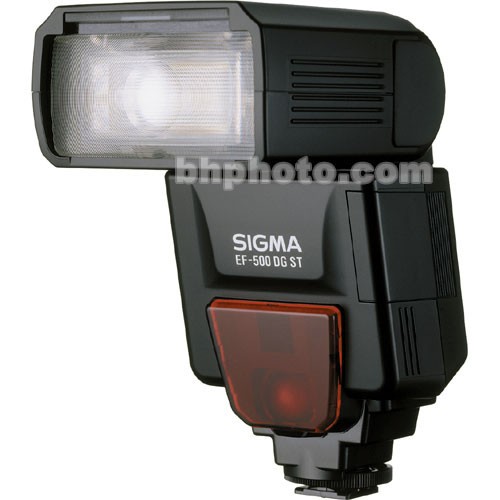
vs.
Pentax AF360-FGZ
http://www.bhphotovideo.com/bnh/con...172&is=REG&addedTroughType=categoryNavigation
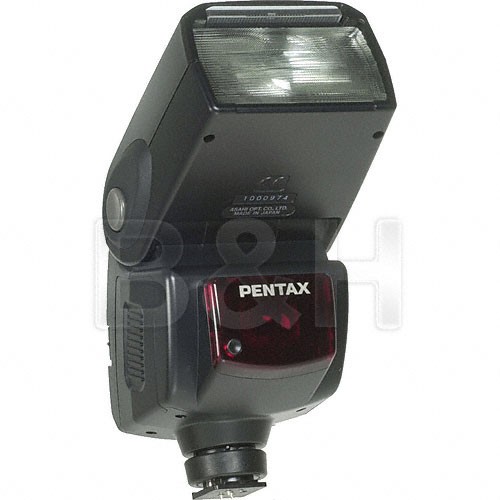
First of all, will the Pentax flash be of higher quality? My instinct is yes, but I don't know from experience.
Second, how useful is a swivel head? (which the Pentax doesn't have) I assume it is mostly for use when I'm shooting vertically, but still want to bounce off the ceiling.
Which one would you get. (the Pentax is $45 more, after rebate)
Why?
I'm mainly considering between these two:
Sigma EF-500
http://www.bhphotovideo.com/bnh/con...107&is=REG&addedTroughType=categoryNavigation

vs.
Pentax AF360-FGZ
http://www.bhphotovideo.com/bnh/con...172&is=REG&addedTroughType=categoryNavigation

First of all, will the Pentax flash be of higher quality? My instinct is yes, but I don't know from experience.
Second, how useful is a swivel head? (which the Pentax doesn't have) I assume it is mostly for use when I'm shooting vertically, but still want to bounce off the ceiling.
Which one would you get. (the Pentax is $45 more, after rebate)
Why?


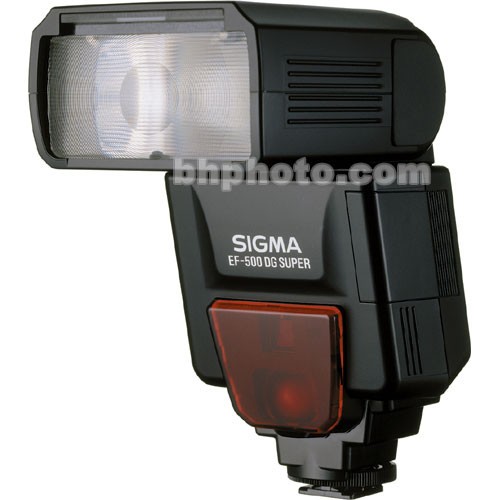
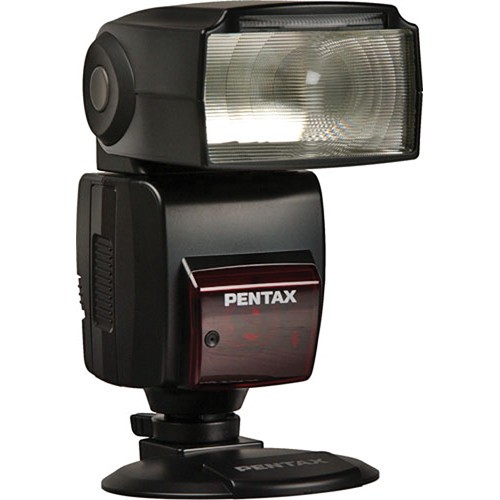
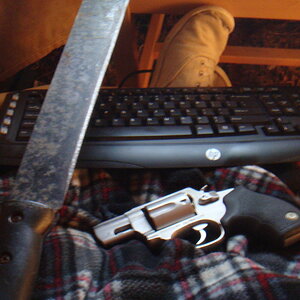

![[No title]](/data/xfmg/thumbnail/42/42494-ba608b57b09b00c0ee005a2360a510f5.jpg?1619740198)
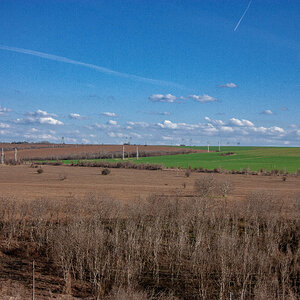
![[No title]](/data/xfmg/thumbnail/31/31086-ae0d6678ca78859132ce5375d5300961.jpg?1619734602)
